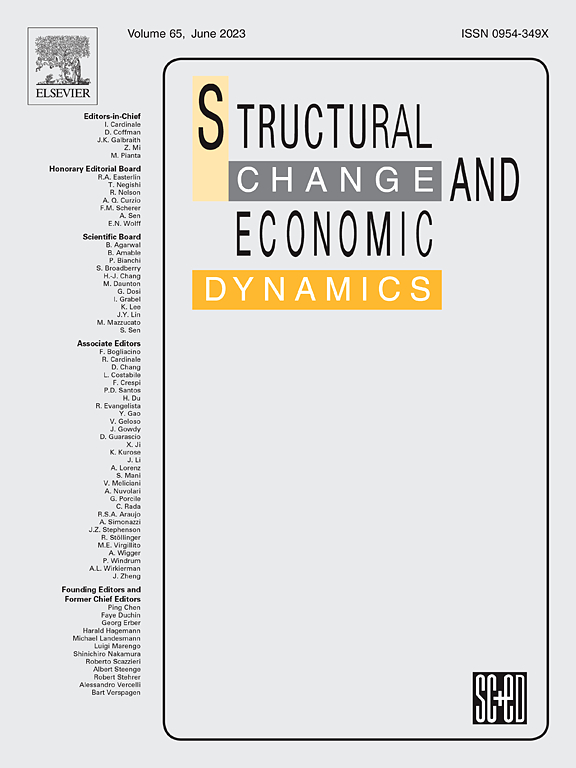The impact of green finance on energy transition and carbon emission targets: Exploring the double threshold and spatial spillover effects among the regions
IF 5
2区 经济学
Q1 ECONOMICS
引用次数: 0
Abstract
Green finance, by adding environmental considerations into financial products, guides industries toward low-carbon transformation and quickens the decline of carbon emissions across society. However, existing studies fail to identify the spatial correlation effects and the driving mechanisms of their impact, so in order to further clarify the causal pathways of the impact of green finance on carbon emissions, this paper investigates the influence of green finance on carbon emissions through the application of the double threshold model and the spatial Durbin model. By drawing on provincial-level data from China covering 2012 to 2021, this paper uncovers regional heterogeneity in the influence of green finance on carbon emissions. Particularly, while green finance in the eastern and western regions substantially limits carbon emissions, it ironically fuels carbon emissions in the central region. Based on this finding, the double threshold model is used to investigate further the abrupt process of green finance on carbon emissions from “nonsignificant inhibition - significant promotion - significant inhibition.” In addition, this work verifies that green finance employs a spatial inhibitory influence on carbon emissions, where an improvement in the level of green finance in the vicinity controls carbon emissions within the region. Through mechanism testing, this paper recognizes the upgrade of the industrial structure in the region as an intermediary factor favorable to attaining carbon emission reduction. By supplying empirical evidence, this paper facilitates a more accurate assessment of the influence of green finance on carbon emissions and provides a quantitative basis for green finance policies to help China meet its dual carbon goals.
求助全文
约1分钟内获得全文
求助全文
来源期刊

Structural Change and Economic Dynamics
ECONOMICS-
CiteScore
9.60
自引率
4.90%
发文量
159
期刊介绍:
Structural Change and Economic Dynamics publishes articles about theoretical, applied and methodological aspects of structural change in economic systems. The journal publishes work analysing dynamics and structural breaks in economic, technological, behavioural and institutional patterns.
 求助内容:
求助内容: 应助结果提醒方式:
应助结果提醒方式:


